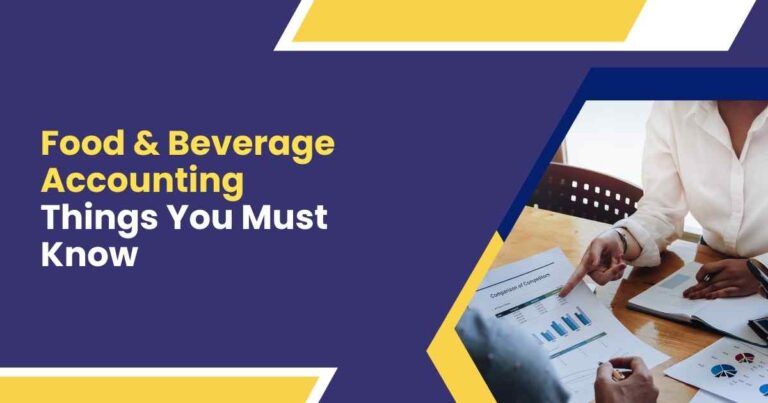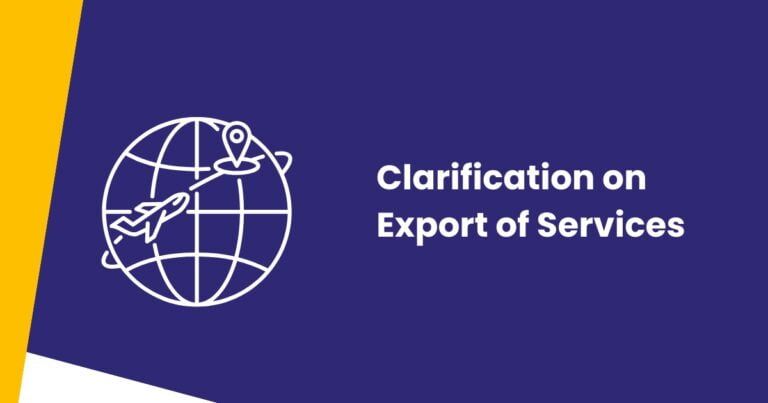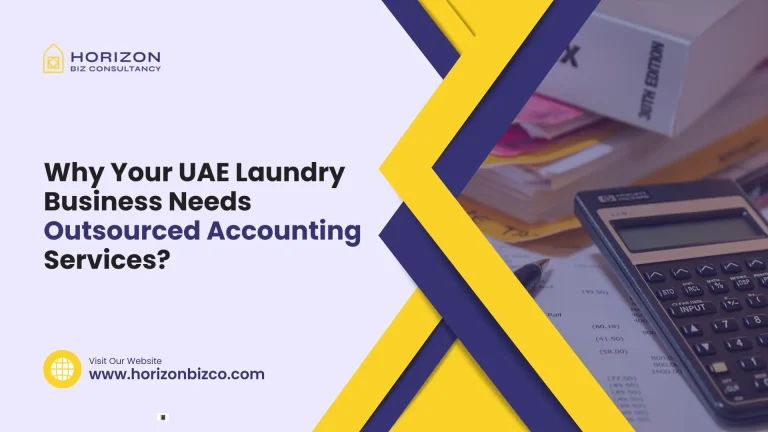Managing finances can be confusing for anyone, especially in the food and beverage (F&B) industry. Whether you run a restaurant, hotel, bar or catering company, understanding the numbers behind the food is key to success. This comprehensive guide breaks down the essentials of F&B accounting in simple, easy-to-understand steps tailored for complete beginners.
Key F&B Accounting Metrics to Monitor
As the famous saying goes: “What gets measured gets managed.” In F&B, these are the top metrics to start tracking:
Revenue
- Total money earned from all food and drink sales
- Aim to grow revenue month-over-month and year-over-year
- Break this down by menu categories, peak hours, high-margin items etc. to make strategic decisions
Cost of Goods Sold (COGS)
- Direct costs tied to food and drink sales
- Includes ingredient costs, beverage products, kitchen supplies etc.
- Monitor COGS against revenue to maintain optimal profit margins
Labour Cost
- Total payroll expenses for staff
- Keep this below a certain % of revenue (e.g. < 30%)
- Scheduling right number of staff per shift keeps costs in check
Profit
- Revenue minus all costs
- The lifeblood for long-term viability
- Analyse data to determine most profitable menu items, hours, etc.
Inventory
- All food, drinks and supplies purchased for resale
- Tight controls prevent overordering and waste
- Smart purchasing keeps inventory costs down
Essential F&B Accounting Reports
Making decisions off intuition instead of data is like throwing darts blindfolded – you might luck out but probably not. These vital reports provide the visibility needed to improve all parts of the operation.
Income Statement
- Shows revenue, costs and profits over a period of time
- Provides insights on busiest times, seasonal impacts, growth etc.
- Key for setting realistic budgets
Balance Sheet
- Snapshot of business’ assets, liabilities and capital
- Indicates financial health on a given day
- Monitor accounts payable/receivable, debt, reserves etc.
Cash Flow Statement
- Tracks actual cash inflows/outflows
- Helps managing liquidity to pay vendors, staff etc.
- Better understand monthly cash position
Menu Analysis
- Reviews sales and costs dish-by-dish
- Highlights most and least profitable menu items
- Data to optimize offerings and pricing
Cost Percentage Reports
- Food, beverage and labour costs shown as a % of revenue
- Fluctuations signal problems like theft, waste or overstaffing
- Set goals and budgets for each cost area
Managing Inventory for Success
Inventory is often one of the largest costs in an F&B business. Keeping tight controls in place helps minimize waste, preserve cash flow and improve profitability.
Inventory Valuation Methods
- First In, First Out (FIFO): newer inventory used first
- Last In, First Out (LIFO): older inventory used first
- Weighted Average Cost: values based on average cost over time
Setting Par Stock Levels
- Minimum quantities needed to sustain daily operations
- Balance not running out with overstocking
- Account for seasonal demand fluctuations
Menu Planning & Inventory Usage
- Build menus to optimize ingredient usage across dishes
- Track ingredient shelf life when planning dishes
- Creates a cycle of freshness that reduces spoilage
Creating Budgets & Forecasts
Savvy F&B operators make decisions today based on what’s likely to happen tomorrow. Planning ahead provides a roadmap to reach financial goals.
Sales Forecasts
- Estimate future demand and revenue
- Accounts for seasonal patterns, events, etc.
- Sets foundation for making smart budgets
Expense Budgeting
- Plan future costs for COGS, labour, marketing, maintenance etc. based on past data and sales forecasts
- Creates targets for profitable growth
Variance Analysis
- Compare actual results vs. budget
- Uncovers areas exceeding or missing targets
- Opportunity to course correct
Budgets and forecasts enable you to play offense – directing resources towards initiatives projected to drive growth and profitability.
Conclusion
By mastering these F&B accounting fundamentals, you position your business for sustainable success:
- Monitor metrics to catch problems
- Lean on essential reporting for insights
- Control inventory to reduce waste
- Forecast and budget to reach goals
Implementing these financial best practices eliminates guesswork and provides the visibility to make smart decisions. That’s a winning recipe to drive profits while delighting guests!
FAQs
Critical daily reports include sales summaries, labour cost analysis, food/beverage usage and variance reports on costs versus budgets.
Menu analysis provides data on your highest and lowest margin offerings. This allows you to spot items to push, optimize or remove from the menu over time.
Keeping inventory levels aligned with demand reduces spoilage and preserves cash flow. It also prevents emergency high-cost purchases when stock runs out.





